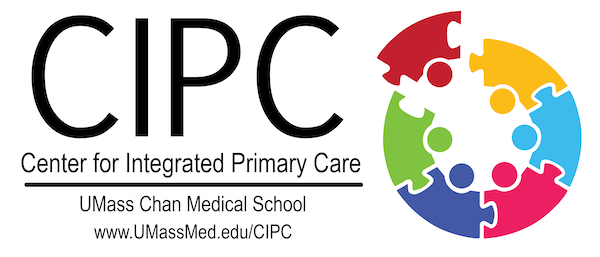Educational Objectives
Module A: Screening, Assessment, and Diagnosis
Sub-module A.1: Screening for OUD
- Use brief, validated screening tools to identify patients with possible OUD
- List key risk factors for the development of OUD
Sub-module A.2: Evaluation and Diagnosis
- Identify important components of patient history-taking related to Opioid Use Disorder, including assessment of DSM-5 criteria
- Identify patients prescribed opioids for chronic pain who may have Opioid Use Disorder
- Identifying Patients in Need of Evaluation
Sub-module A.3: Treatment Planning
- Employ a Shared Decision-Making approach with patients when deciding among buprenorphine vs. methadone vs. naltrexone for the treatment of an OUD
Module B: Clinical Management
Sub-module B.1: Medically Supervised Withdrawal
- Describe the indications for and process of opioid withdrawal management using opioid tapers and non-opioid medications
Sub-module B.2: Initiating Treatment with Naltrexone
- Describe the process of initiating naltrexone for the treatment of OUD
Sub-module B.3: Initiating Treatment with Buprenorphine
- Describe the process of initiating treatment with buprenorphine
Sub-module B.4: Follow-up Visits for Naltrexone and Buprenorphine
- Describe the process of treatment with buprenorphine and naltrexone
- Describe key elements of toxicology screening in the treatment of OUD
- List essential elements of clinical documentation in the treatment of OUD
